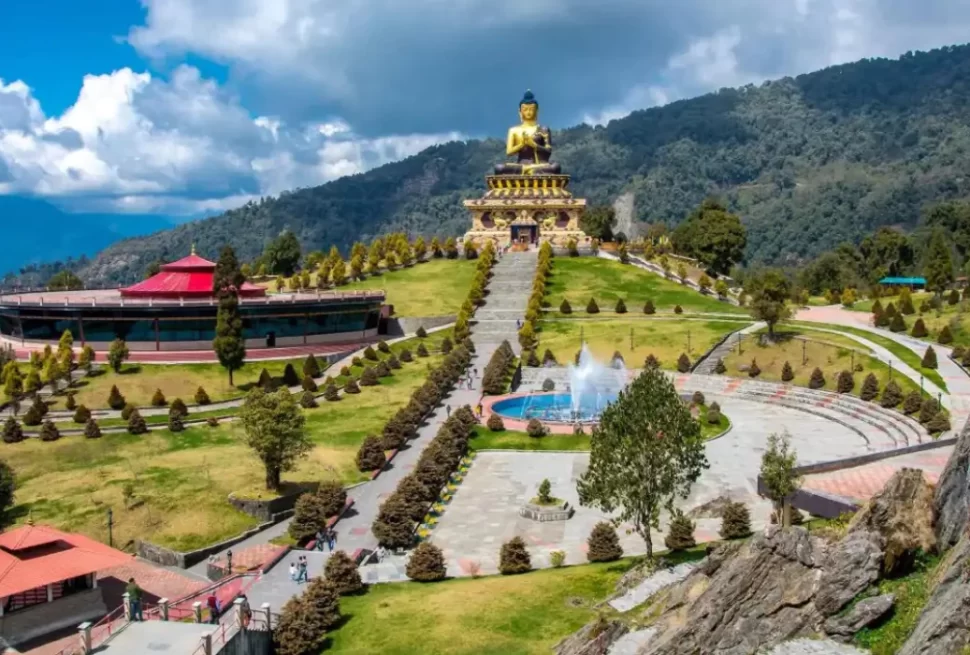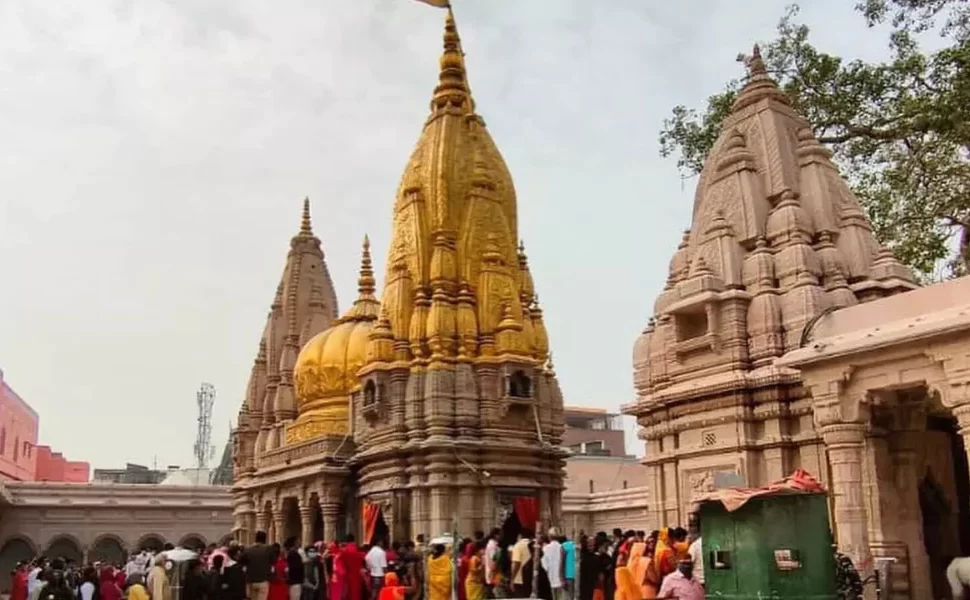Dashashwamedh Ghat is one of the most famous and oldest ghats in Varanasi, India. It is a place where history, spirituality, and culture come together. Located on the banks of the sacred River Ganga, this ghat attracts pilgrims, tourists, and seekers from all over the world. Visiting Dashashwamedh Ghat is a mesmerizing experience, as it captures the true essence of Varanasi.
In this blog, we will explore the history, significance, rituals, and beauty of Dashashwamedh Ghat. We will also share tips for visiting this vibrant spot.
The History of Dashashwamedh Ghat
Dashashwamedh Ghat has a rich history that dates back thousands of years. The name “Dashashwamedh” means “Ten Horses Sacrificed.” According to Hindu mythology, Lord Brahma performed a yajna (sacrificial ritual) here and sacrificed ten horses to welcome Lord Shiva to earth. This makes the ghat sacred and spiritually significant.
Over the centuries, Dashashwamedh Ghat has been renovated and preserved. It is believed that the Maratha ruler Bajirao Peshwa rebuilt the ghat in the 18th century. Later, the ghat was further developed by Queen Ahilyabai Holkar of Indore. Today, it stands as a symbol of devotion and cultural heritage.
Why Dashashwamedh Ghat is Special
Dashashwamedh Ghat is not just a place; it is an emotion. It is special because it represents the soul of Varanasi. Here are some reasons why this ghat holds a unique place in people’s hearts:
- Spiritual Significance – The ghat is a gateway to spiritual cleansing. People believe that taking a dip in the Ganga at Dashashwamedh Ghat washes away sins and brings salvation.
- Ganga Aarti – The evening Ganga Aarti at Dashashwamedh Ghat is one of the most famous rituals in India. It is a grand ceremony where priests offer prayers to the River Ganga with fire lamps, incense, and chants. The sight of the glowing lamps and the sound of the bells create an unforgettable experience.
- Vibrant Atmosphere – The ghat is always bustling with activity. From morning prayers to evening aartis, the place is alive with energy. You can see pilgrims, saints, tourists, and local vendors adding to its lively charm.
- Cultural Hub – Dashashwamedh Ghat is a center for cultural and artistic events. You can witness classical music, dance performances, and storytelling sessions here.
The Rituals at Dashashwamedh Ghat
Dashashwamedh Ghat is a hub of rituals and ceremonies. Some of the key rituals include:
- Holy Bath – Taking a dip in the River Ganga at sunrise is a sacred practice. Pilgrims believe that the holy water purifies the body and soul.
- Pinda Daan – This is a ritual performed for the peace of departed souls. People offer food and prayers for their ancestors.
- Lighting Diyas – Visitors often light small oil lamps (diyas) and release them into the river. The floating lamps create a magical sight, especially in the evening.
- Morning and Evening Prayers – Devotees gather at the ghat to perform daily prayers and rituals dedicated to Lord Shiva and the Ganga.
Ganga Aarti – The Soul of Dashashwamedh Ghat
The Ganga Aarti is the highlight of Dashashwamedh Ghat. It takes place every evening after sunset. Priests dressed in traditional attire perform this elaborate ritual on elevated platforms. The ceremony begins with chanting of Vedic hymns and prayers.
The priests hold large brass lamps filled with burning camphor. They move the lamps in circular motions, offering the flame to the River Ganga. Incense sticks fill the air with a soothing fragrance. Bells ring in harmony, and the crowd joins in singing hymns. The atmosphere is both spiritual and festive.
The Ganga Aarti attracts thousands of people every day. Watching this ceremony is a once-in-a-lifetime experience. Make sure to arrive early to get a good spot to witness the spectacle.
Best Time to Visit Dashashwamedh Ghat
The ghat is open throughout the year, but the best time to visit is during the winter months from October to March. The weather is pleasant, and you can enjoy the rituals without discomfort. Early mornings and evenings are the ideal times to experience the beauty of Dashashwamedh Ghat.
During festivals like Dev Deepawali, Makar Sankranti, and Kartik Purnima, the ghat comes alive with grand celebrations. Visiting during these festivals will give you a deeper insight into the cultural richness of Varanasi.
How to Reach Dashashwamedh Ghat
Dashashwamedh Ghat is located in the heart of Varanasi. Here’s how you can reach it:
- By Air – The nearest airport is Lal Bahadur Shastri International Airport, about 25 km from the ghat. You can hire a taxi or auto-rickshaw to reach the location.
- By Train – Varanasi Junction is the main railway station, just 5 km away from Dashashwamedh Ghat. From the station, you can take a cycle rickshaw or taxi.
- By Road – The ghat is well-connected by road. Local buses, auto-rickshaws, and cabs are available from different parts of the city.
- By Boat – You can also reach Dashashwamedh Ghat by taking a boat ride on the River Ganga. This is a scenic and enjoyable way to arrive.
Tips for Visiting Dashashwamedh Ghat
- Arrive Early – If you want to witness the Ganga Aarti, reach the ghat at least an hour before the ceremony starts to secure a good spot.
- Respect the Culture – Dress modestly and follow the local customs. Avoid littering and maintain cleanliness at the ghat.
- Carry Essentials – Bring a water bottle, sunscreen, and a hat if you are visiting during the day.
- Stay Alert – The ghat can get crowded, so keep an eye on your belongings.
- Hire a Guide – To understand the history and significance of the ghat better, you can hire a local guide.
Nearby Tourist Attractions
While visiting Dashashwamedh Ghat, you can explore these nearby attractions:
- Kashi Vishwanath Temple – This temple, dedicated to Lord Shiva, is one of the most sacred shrines in India. It is located just a short walk from the ghat.
- Manikarnika Ghat – Known as the cremation ground, this ghat holds deep spiritual significance. It represents the cycle of life and death.
- Assi Ghat – Another famous ghat, Assi Ghat is a peaceful spot where you can relax and enjoy the views of the Ganga.
- Banaras Hindu University (BHU) – One of the largest universities in Asia, BHU is known for its beautiful campus and the Bharat Kala Bhavan Museum.
- Sarnath – Located about 10 km from Varanasi, Sarnath is a Buddhist pilgrimage site where Lord Buddha gave his first sermon.
Conclusion
Dashashwamedh Ghat is more than just a ghat; it is the heartbeat of Varanasi. It is a place where time stands still, and the past and present merge seamlessly. From its historical significance to its spiritual aura, Dashashwamedh Ghat offers an experience that stays with you forever. Whether you are a pilgrim seeking blessings, a traveller exploring culture, or a photographer capturing beauty, Dashashwamedh Ghat has something for everyone. Plan your visit to this iconic ghat and immerse yourself in the magic of Varanasi. Dashashwamedh Ghat is not just a destination; it is a journey to the soul of India. Come and witness its timeless charm.



